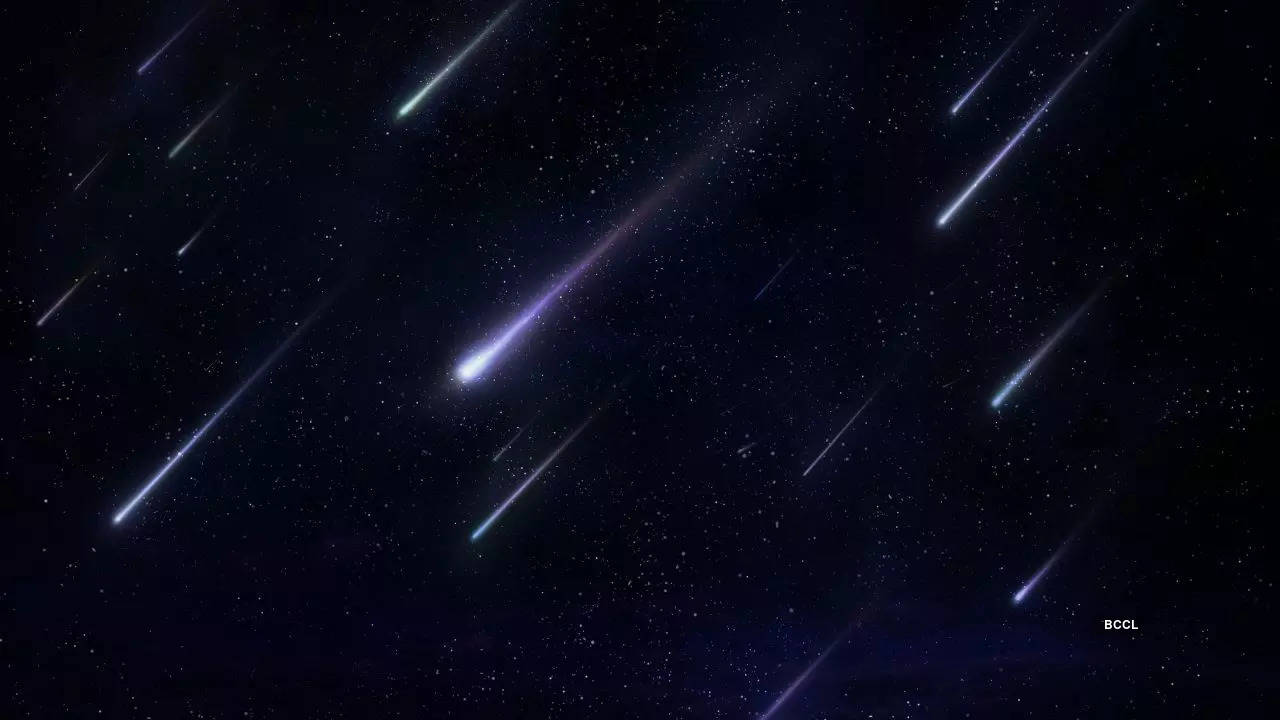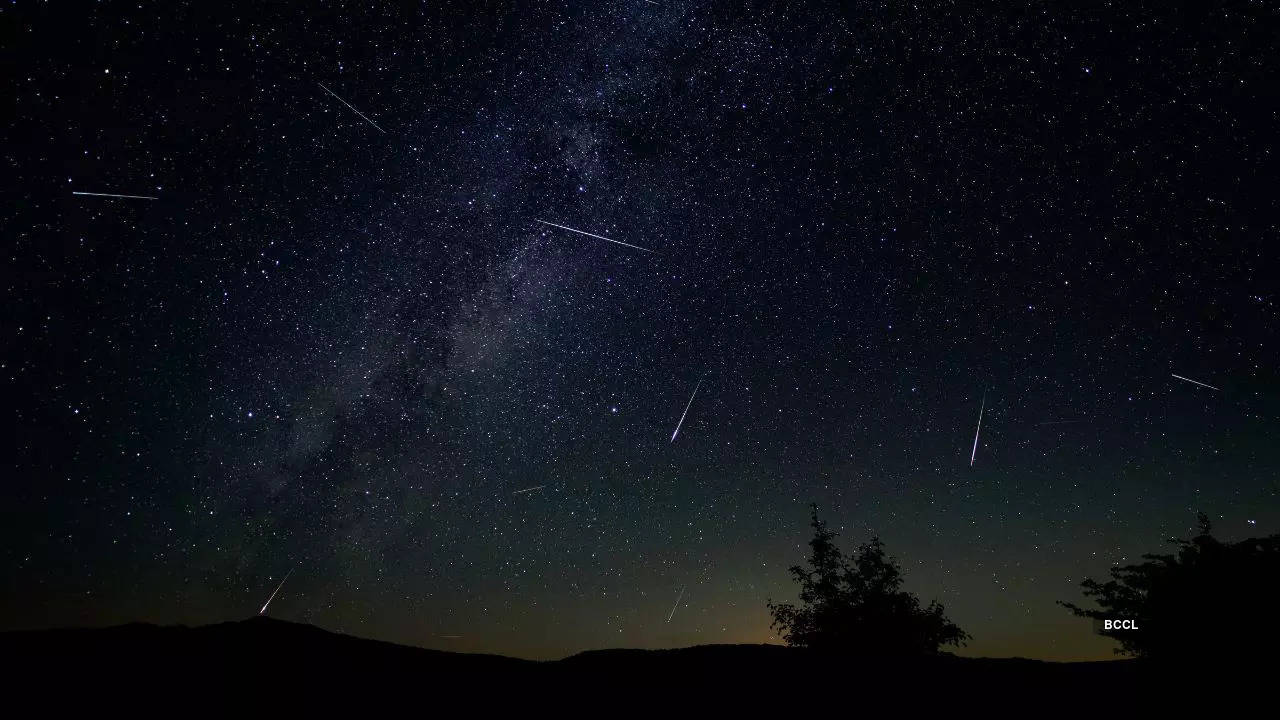The Quadrantids are named after the obsolete constellation Quadrans Muralis, which is now part of the constellation Bootes. The radiant point of the shower, where the meteors appear to originate from, is located near the tip of the handle of the Big Dipper. However, you don’t need to look at the radiant to see the meteors, as they can streak across any part of the sky. The best time to watch them is after midnight and before dawn, when the radiant is highest in the sky.

The Quadrantids are known for their bright and fast meteors, which can reach speeds of up to 41 km/s. They can produce up to 120 meteors per hour at their peak, but the actual number you can see depends on several factors, such as the weather, the light pollution, and your location. To increase your chances of seeing more meteors, find a dark and open spot away from city lights, dress warmly, and lie down on a reclining chair or a blanket. Give your eyes some time to adjust to the darkness, and enjoy the show.
The Quadrantids are associated with an asteroid called 2003 EH1, which is believed to be a fragment of an extinct comet. This comet may have broken up several centuries ago, and some of its debris still orbits the sun. Every year, the Earth passes through this stream of dust and ice, and some of the particles enter our atmosphere and burn up, creating the Quadrantids. The shower has a very narrow peak because the debris stream is thin and dispersed. If the Earth misses the center of the stream, the shower may be weaker or even invisible.
How to watch the Quadrantids in New Delhi:
To catch a glimpse of the Quadrantid meteor shower from New Delhi, the spectacle won't commence until 12:07 AM at night. At that time, the radiant point will ascend above the eastern horizon, marking the beginning of the shower. The Quadrantids are expected to persist until approximately 6:46 AM. The radiant point, located in the Bootes constellation, serves as the apparent origin of all meteors in this shower.

For optimal meteor viewing, seek out a remote outdoor location with minimal light pollution and an unobstructed view of the horizon. Once there, consider lying down and directing your gaze towards the radiant point. Remember, your eyes may require a few moments to adapt to the surrounding darkness.
The Quadrantids are one of the oldest known meteor showers, with records dating back to 1825. However, they are not as well-known or popular as other showers, such as the Perseids or the Geminids, because of their short duration and their unfavorable timing in the winter. Nevertheless, they are a spectacular sight for those who are willing to brave the cold and stay up late. The Quadrantids are the first meteor shower peak of the year, and they offer a great opportunity to start the year with a bang.
https://news.google.com/rss/articles/CBMijAFodHRwczovL20udGltZXNvZmluZGlhLmNvbS9ldGltZXMvdHJlbmRpbmcvYXN0cm9ub215LWFsZXJ0LXF1YWRyYW50aWRzLW1ldGVvci1zaG93ZXItdG8taWxsdW1pbmF0ZS10aGUtc2tpZXMtdG9kYXkvYXJ0aWNsZXNob3cvMTA2NTQ4OTYzLmNtc9IBAA?oc=5
2024-01-04 12:30:00Z
CBMijAFodHRwczovL20udGltZXNvZmluZGlhLmNvbS9ldGltZXMvdHJlbmRpbmcvYXN0cm9ub215LWFsZXJ0LXF1YWRyYW50aWRzLW1ldGVvci1zaG93ZXItdG8taWxsdW1pbmF0ZS10aGUtc2tpZXMtdG9kYXkvYXJ0aWNsZXNob3cvMTA2NTQ4OTYzLmNtc9IBAA

Tidak ada komentar:
Posting Komentar